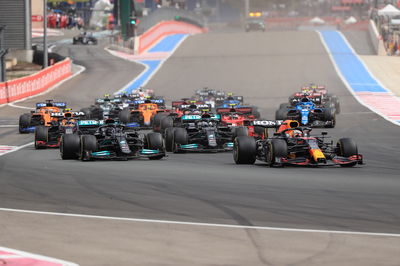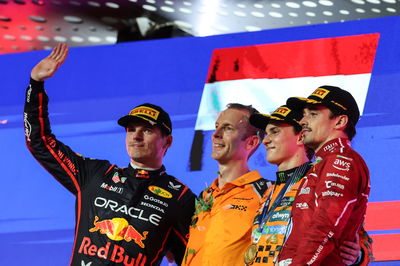Why the drivers are adamant F1 still needs DRS after Jeddah
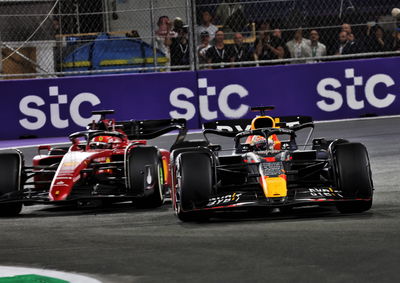
F1 once again enjoyed a titanic scrap for the race victory in Jeddah as Verstappen and Leclerc duelled it out.
Verstappen moved to within DRS range of Leclerc on Lap 42 before overtaking the Ferrari driver into Turn 1 on Lap 47.
Up until that point, both drivers repeatedly backed off on the approach to the DRS detection zone at Turn 27 to ensure they had the overtaking tool available to complete the manoeuvre into the first corner.
- How long will Mercedes and Hamilton's F1 2022 misery last?
- 24 races in 2023? How Las Vegas’ inclusion will impact F1 calendar
- What next for F1 and the Saudi Arabian Grand Prix?
Due to how easy it is to follow other cars as a result of the new generation of cars, many in the F1 paddock have questioned whether there is still a need for DRS.
Speaking after the race in Jeddah, Verstappen admitted that he would have finished second without it.
“Well, if I didn't have DRS today I would have never passed,” he said. “I think we are still too sensitive for that.
“And of course, some tracks are easier to pass than others. But for me at the moment, if DRS wouldn't be there, I would have been second today.”
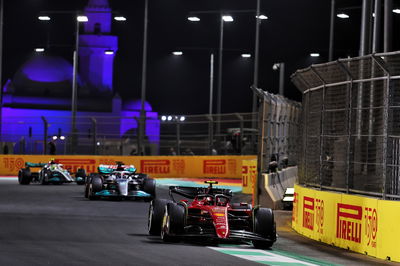
Carlos Sainz also agreed with Verstappen but said F1 needs to consider the length of its activation zones given how powerful it is and it does not result in side-by-side battling at the braking zone.
“I think without DRS, passing would be reduced significantly,” Sainz explained. “So I think we are still better off with DRS. What we might need to consider maybe is the speed delta that there is with the DRS might be a bit too much, which gives the car behind maybe too much of a speed delta [so] that sometimes the overtake is done before the braking.
“And you’d much rather have the two cars battling under braking rather than passing like in the highway. Now, that is sometimes what can happen. So maybe we need to have a look at this but we definitely need DRS nowadays.”
A game of ‘cat and mouse’
With the DRS zone positioned on the approach to the final corner, positioning was key as Leclerc attempted to keep Verstappen behind.
“I basically knew that if I was leaving Max with a DRS behind for the main straight, I will be overtaken very easily,” Leclerc said. “So I just wanted that DRS.
“On the first lap I braked very early and I got the DRS and manage to overtake back on the run to turn one. And then the second one, obviously Max knew that I was going to do that, so we both braked quite early, but I still managed to stay in front at the end. The third time, it didn’t work out for me.”
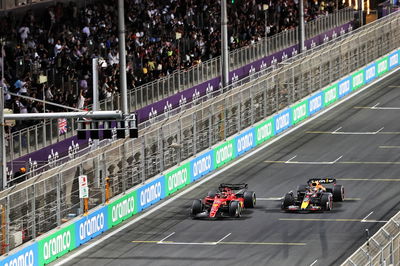
Even though Verstappen took the win in Saudi Arabia, Red Bull team boss Christian Horner conceded that changes have to be made.
“The DRS is so powerful you could see there was a game of cat and mouse between the drivers, where they’d brake to a point that they accelerated to the corner,” Horner added.
“Maybe we should look at where that DRS detection zone is for future years as you definitely want to avoid being in that situation.”
Conversely, Mercedes boss Toto Wolff enjoyed Leclerc and Verstappen's tactics to get the DRS in Jeddah.
“I like it personally,” Wolff said. “I think the cars delivered on what F1 hoped for, great overtaking and DRS is powerful but it provides a great show now. I think that was entertaining to watch.”
